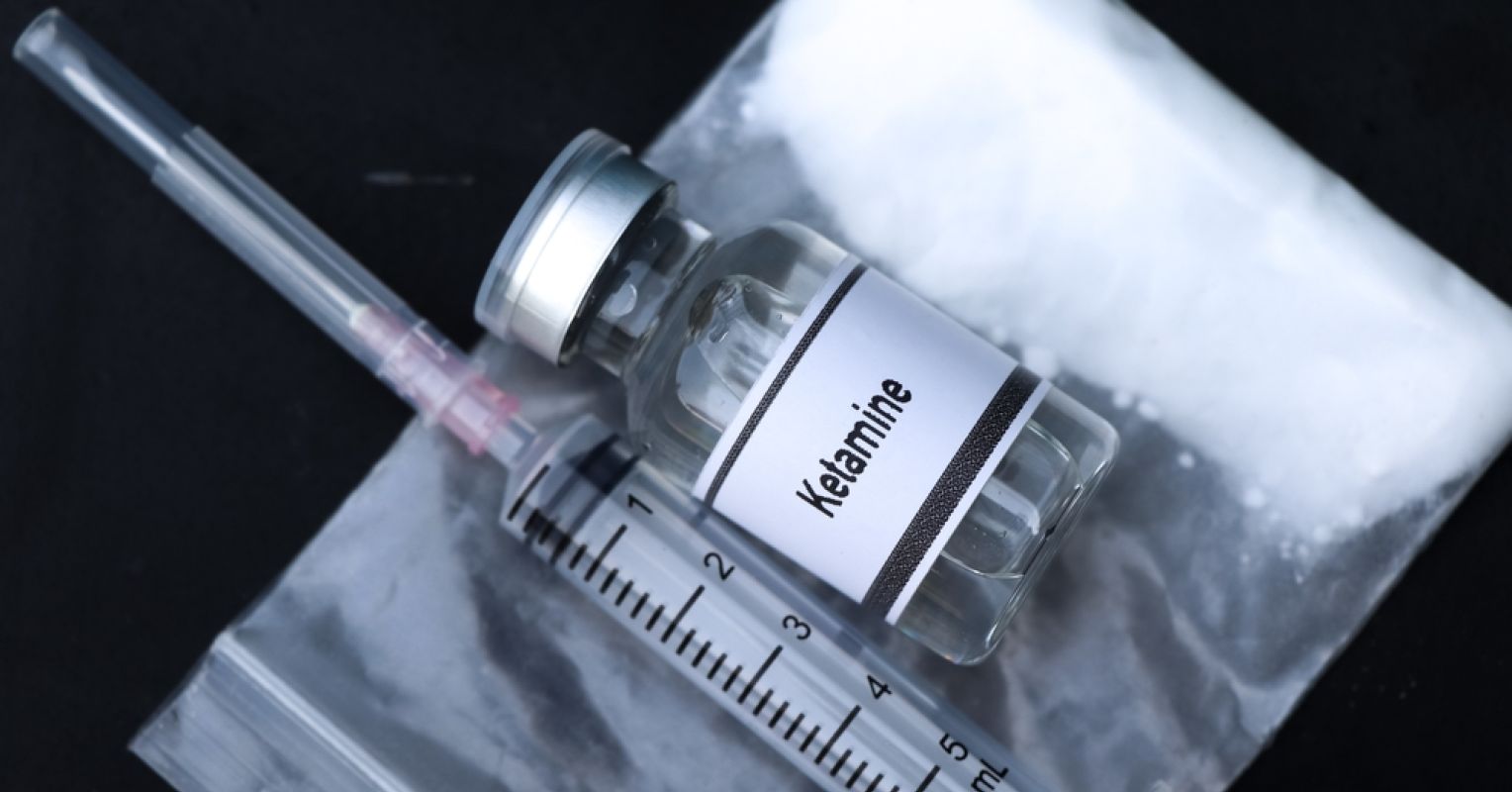Ketamine is a fast-acting antidepressant that may be effective in treating depression when patients haven’t responded to other medications. About 30% of all patients with depression don’t respond to any antidepressant: they have treatment-resistant depression (TRD). (For detailed information on ketamine, click here.)
Esketamine, a type of ketamine, was so novel, safe, and effective in early clinical studies that the drug received breakthrough therapy designation from the FDA and was approved for prescribing in 2019. Spravato (esketamine), a nasal spray, is available by prescription only. It carries specific patient requirements, such as on-site administration and observation 2 hours post-treatment. These actions are required due to risks of dissociation, elevated blood pressure, sedation, and potential abuse.
At least a thousand clinics in the U.S. offer ketamine-assisted therapy off-label outside FDA-approved protections. These clinics may provide intravenous/intramuscular treatments, and some send the drug to be self-administered at home. Providers decide the doses, routes, and frequencies of the drug. Some offer treatments for teens and children. These clinics treat anxiety and other diagnoses off-label. (This is legal.)
In addition, there may be no therapy/follow-up, which worries many depression experts and community-based psychiatrists. Advertising and marketing-driven commercial ketamine clinics often offer same-day appointments at which patients pay out-of-pocket for (hoped-for) almost-immediate results.
For-profit clinics may offer ketamine for treating obsessive-compulsive disorder, depression, posttraumatic stress disorder, and other diagnoses. The FDA has not approved ketamine for these conditions. Ketamine infusion centers have been called the “Wild West” by some for these reasons.
Ketamine clinics are highly profitable. A typical vial of ketamine (with multiple doses) costs about $40, and clinics may charge $1,000 or more per treatment. In some clinics, generic ketamine is given intravenously while patients receive blankets and headphones and wear eye masks to heighten the dissociative feeling of not being in their bodies. The level of monitoring varies. For example, if the drug was mailed to patients for home use, there may be minimal (or no) monitoring.
According to Grand View Research, the U.S. ketamine clinic market was estimated at $3.41 billion in 2023 and projected to double to $6.90 billion by 2030. Cash revenue per session ranges from $750 to $1500. Federal prosecutors alleged that two doctors sold Matthew Perry 20 vials of ketamine for $55,000 cash in September-October 2023. They reportedly paid about $12 per vial wholesale, billing Perry $2,000 per vial. Their profit was nearly $40,000.
Note: Perry had been receiving legitimate off-label ketamine infusions under medical supervision to manage depression and anxiety. However, the high ketamine levels at his death could not have come from those treatments, given ketamine’s short half‑life of 3-4 hours. Before he died in 2023, Perry received multiple unsupervised ketamine doses, reportedly receiving around 27 shots within three days of his death.
With Spravato, an approved nasal spray of ketamine, strict compliance with all requirements is mandatory: certification, staff training, patient enrollment, supervised administration, and at least 2-hour monitoring, documentation, and reporting. The healthcare setting (clinic) must be officially enrolled and certified in the Spravato REMS program, signed by the patient and provider. Treatment may be covered by insurance.
In contrast, ketamine clinics lack FDA approval, standardized dosing protocols, or medical insurance coverage. The FDA has issued warnings about safety concerns with compounded formulations and home use of ketamine.
At the clinics, doses may be increased over time, repeated treatments are common, and some patients seek a hallucinogenic trip rather than treatment for a psychiatric diagnosis. There may also be abuse and addiction risks with repeated ketamine administrations unless the clinic is careful.
Yale’s Gerard Sanacora, M.D. PhD, a ketamine pioneer and director of the Yale Depression Research Program, presented at a Drug Enforcement Administration (DEA) session discussing responsible use of controlled substances, particularly ketamine, in the context of Mental health treatments. Sanacora emphasizes the need to balance expanding access to potentially effective treatments and ensuring patient safety. He believes it would be a good idea to create a nationwide ketamine registry to annotate dosages and adverse events. He may be right, as experts worry more Matthew Perry-like catastrophes will come to light.
Some people report profound relief from ketamine clinics; others never see any noticeable difference. Experts worry about ketamine discontinuation and suicide or withdrawal symptoms. In addition, the emergence of a ketamine use disorder (KUD) is a risk, since intravenous administration is highly addictive. We also don’t know if ketamine will be effective in treating individuals over the long-term, since ketamine doesn’t cure depression like penicillin cures a strep throat.
Other proven effective treatments for TRD include electroconvulsive therapy (ECT) and transcranial magnetic stimulation (TMS), which is safe, efficacious, and FDA-approved for TRD and depression. Eric Lenze, head of psychiatry at the Washington University School of Medicine in St. Louis, led a multicenter study of older adults with TRD, augmenting an antidepressant with the antipsychotic aripiprazole. They found this treatment helped a significant number of patients. In addition, Stanford Accelerated Intelligent Neuromodulation Therapy (SAINT) has proven remarkably effective and is approved for treating TRD in adults who haven’t achieved improvement with prior antidepressants. The treatment utilizes MRI scans to precisely target the brain with neurostimulation, delivering treatment over five days. Surprisingly, sometimes insurance covers this treatment. A recent review and meta-analysis published in the American Journal of Psychiatry concluded that esketamine’s add-on efficacy is only modestly successful in TRD, similar to augmentation with atypical antipsychotics. They advised that the risks vs benefits of ketamine should be reconsidered in light of ketamine’s abuse potential and the fact that long-term effects are still not fully known
Ketamine clinics offer fee-for-service injections or infusions on demand. Many patients see these treatments as life-changing; however, some experts are concerned that they are not FDA-approved, treat all sorts of psychiatric problems with their own protocols, and lack continuity of care. Experts also question potential long-term outcomes, and the very real risks for suicide and addiction.
Summary
Matthew Perry initially received supervised off-label ketamine infusions to manage his depression and anxiety. However, the high ketamine level found at his death couldn’t have come from those treatments and was deemed to have come from illicit sources. Ketamine can lead to tolerance, withdrawal, abuse, and ketamine use disorder. And in Perry’s case, to tragedy.













